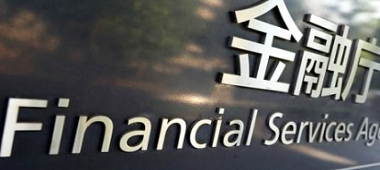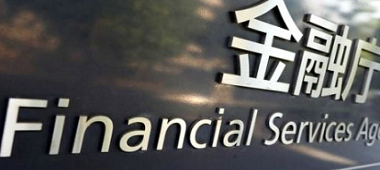from the International Monetary Fund
— this post authored by Sarwat Jahan, Elena Loukoianova, Cormac Sullivan and Yongzheng Yang
In Asia, the world’s fastest-growing region, expanding access to financial services for more people will mean higher growth, as well as lower poverty and inequality.

How? When people and companies can open checking accounts or establish lines of credit, they are better able to borrow and manage their savings and spending, all of which greases the wheels of the economy.
Our latest research shows how Asia can benefit from giving more people more access to financial services.
Mind the gap
The good news is that more people in Asia are using financial services than ever before, through ATMs and the popularity of mobile banking. Despite this progress, wide disparities in access to, and usage of, financial services – known as financial inclusion – in countries still exist.
For example, the gaps in Asia between rich and poor, rural and urban populations, and men and women are some of the highest in the world. In India, only about 52 percent of male adults from the poorest income group have a bank account, compared to 80 percent from the highest income group.
Income is not the only factor contributing to the gap between what are often referred to as “the banked” and “the unbanked”. The vast diversity of the region means that factors such as geography, financial sector structure, and policies are also important.
More access to financial services can help poor people climb out of poverty.
Implementing policies that promote widespread access to financial services, including by using fintech to spread the benefits more broadly and effectively, can help close these gaps in Asia.
Benefits of widespread financial access
Our research finds that greater access to financial services can bring substantial economic gains.
More access to financial services can help poor people climb out of poverty by making it possible for them to obtain credit and insurance to run a business, invest in education or health, manage risk, and weather financial shocks – all of which can generate income and improve the quality of their lives. This is vital for lower-income countries like Myanmar and Nepal, where less than 40 percent of households have a bank account.













Leave A Comment